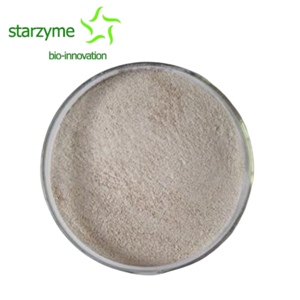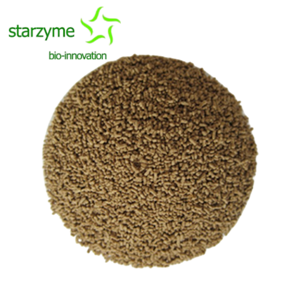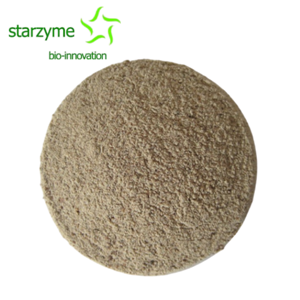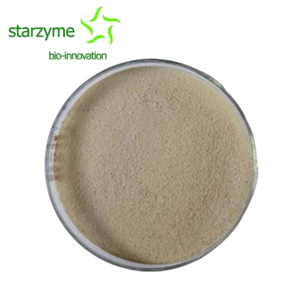What Are Digestive Enzymes?
Digestive Enzyme Preparations
Types of Digestive Enzymes
1. Amylase is widely found in animals (saliva, pancreas, etc.), plants (malt, mountain mustard) and microorganisms. Corn is an important source of energy in animal feed. Corn is rich in starch, which is conducive to animal digestion and absorption. However, it is found that the digestibility of corn starch in chickens is not high, and the digestibility of corn starch in the terminal ileum of chickens is less than 82%. Young animals are immature and lack amylase in their digestive systems, resulting in nutrient waste, which is why digestive Enzyme Preparations such as amylase are so important.
The digestibility of corn starch in the intestines of animals is about 80%. The remaining starch accumulates in the intestines of animals to increase intestinal viscosity, thereby affecting animal digestion. Feed is rich in protein, but only 80% of the protein is digested and absorbed by animals. Nitrogen, phosphorus and other elements in protein enter the environment with excrement and cause pollution.
2. Adding appropriate Enzyme Preparations such as protease to feed can improve the digestibility of protein, reduce resource waste and reduce breeding costs. The use of protease can improve animal growth performance. At present, acid protease is mainly added to feed. The enzymatic hydrolysis site of protease has certain specificity, so it is necessary to add a certain proportion of neutral protease and alkaline protease to achieve complete digestion and absorption of feed. Therefore, in actual production, the combined use of multiple enzyme preparations should be considered. The energy in oil and fat is the highest.
In production, different feed lipases should be used according to the properties of oil and fat; multiple lipases should be selected according to synergistic effects to improve the digestibility of oil and fat. For different animals at different growth stages, suitable lipase formulas should be sought, combined with endogenous enzymes to maximize cost-effectiveness; all Feed Enzyme Preparations need to consider salt and alkaline resistance, bile salt resistance and some metal ion properties, so as to play a role in the appropriate parts.




